Optimal Timing for Concrete Installations
Concrete installations require specific environmental conditions for optimal curing and durability. The best time to undertake concrete work is during moderate temperatures and low humidity levels, which promote proper setting and reduce the risk of cracking or surface imperfections.
Ideal for concrete installations due to stable temperatures and moderate humidity, ensuring proper curing and strength development.
Suitable when temperatures are still warm but not excessively hot, reducing the risk of rapid drying and cracking.
Cold temperatures can hinder curing, while high heat accelerates drying, increasing the likelihood of surface issues.
Scheduling during periods of dry weather with minimal rain and wind supports optimal curing conditions.
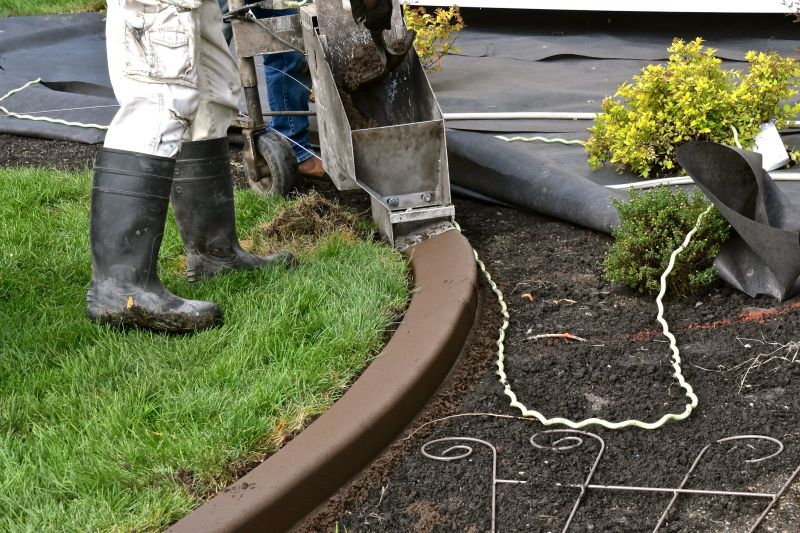
Ways to make Concrete Installations work in tight or awkward layouts.
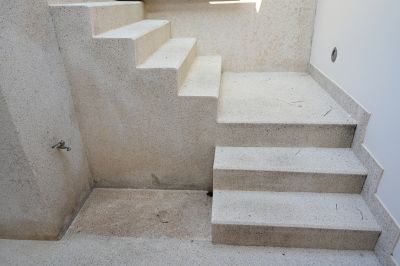
Popular materials for Concrete Installations and why they hold up over time.
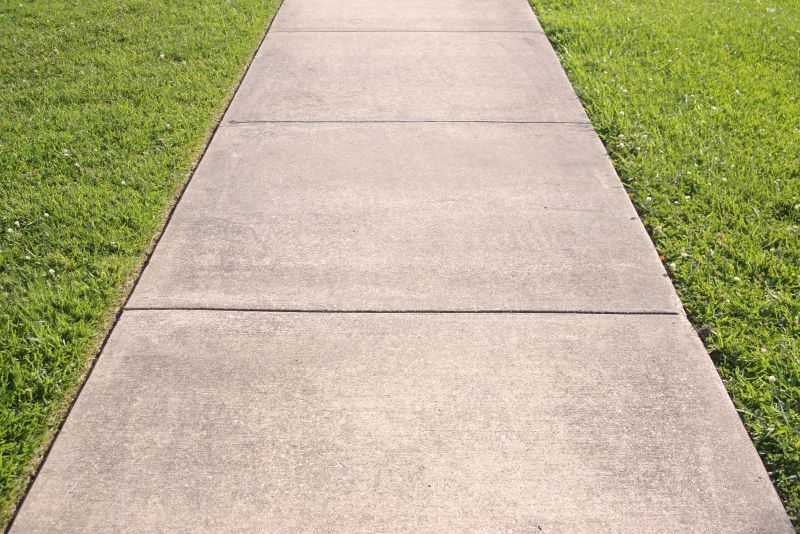
Simple add-ons that improve Concrete Installations without blowing the budget.
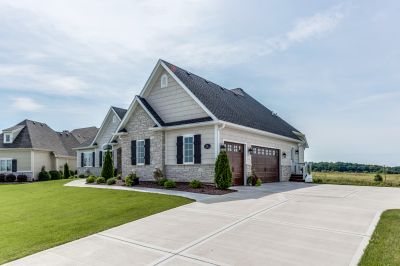
High-end options that actually feel worth it for Concrete Installations.
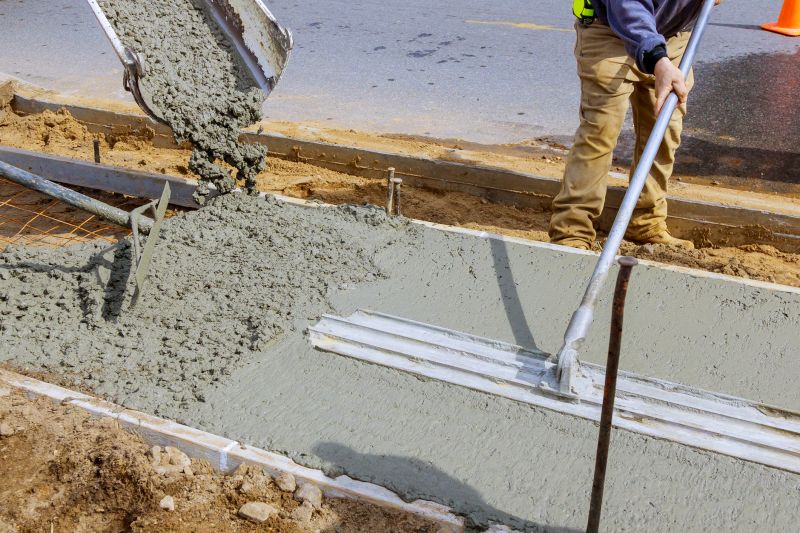
Finishes and colors that play nicely with Concrete Installations.
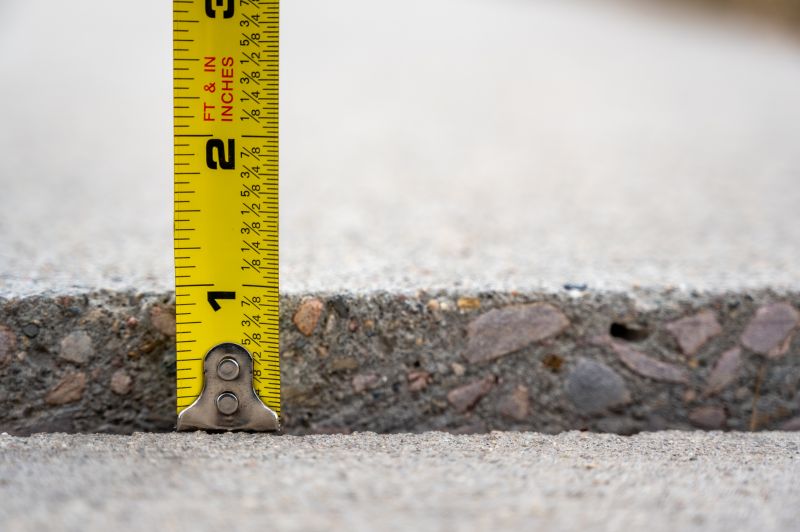
Little measurements that prevent headaches on Concrete Installations day.
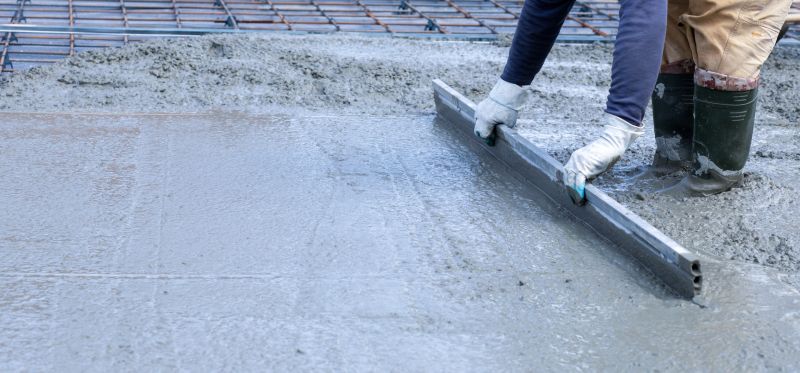
A 60-second routine that keeps Concrete Installations looking new.
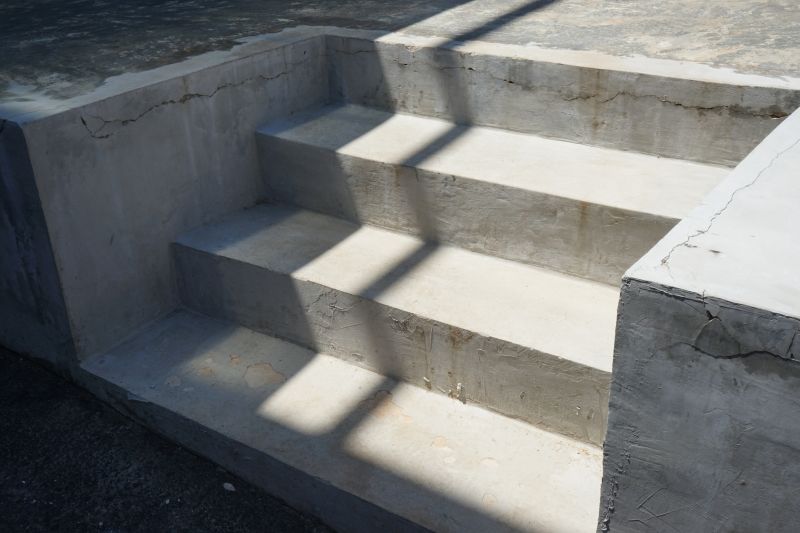
A frequent mistake in Concrete Installations and how to dodge it.
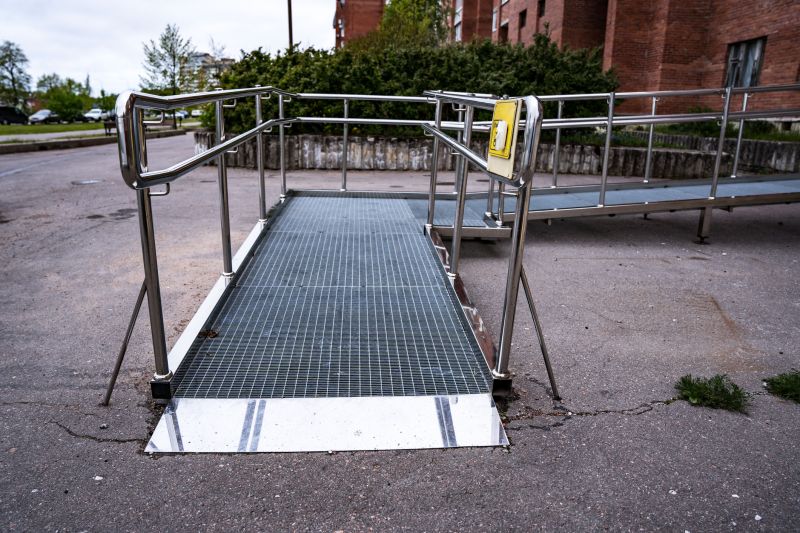
Small tweaks to make Concrete Installations safer and easier to use.
| Season | Ideal Conditions |
|---|---|
| Spring | Temperatures between 50°F and 70°F, low humidity, dry weather |
| Summer | Warm temperatures up to 85°F, moderate humidity, minimal rain |
| Fall | Temperatures between 50°F and 75°F, dry and stable weather |
| Winter | Temperatures below 50°F, high risk of freezing, not recommended |
Concrete installations are a critical component in various construction and landscaping projects. Proper timing ensures the concrete cures correctly, achieving maximum strength and durability. The curing process involves maintaining adequate moisture, temperature, and time, which are influenced heavily by environmental conditions. Installing concrete during optimal weather conditions reduces the risk of surface defects, cracking, and structural weaknesses. Statistics show that concrete placed in favorable weather conditions can reach its specified strength faster and with fewer repairs, leading to cost savings and longer-lasting results.
In Minneapolis, the typical concrete installation season spans from late spring through early fall, aligning with the period of moderate temperatures and low precipitation. Planning installations during these months can enhance the quality and longevity of the finished surface. It is essential to monitor weather forecasts closely and avoid scheduling during forecasted cold snaps or heatwaves. Proper preparation and timing are vital for achieving durable, high-quality concrete surfaces that meet project specifications.
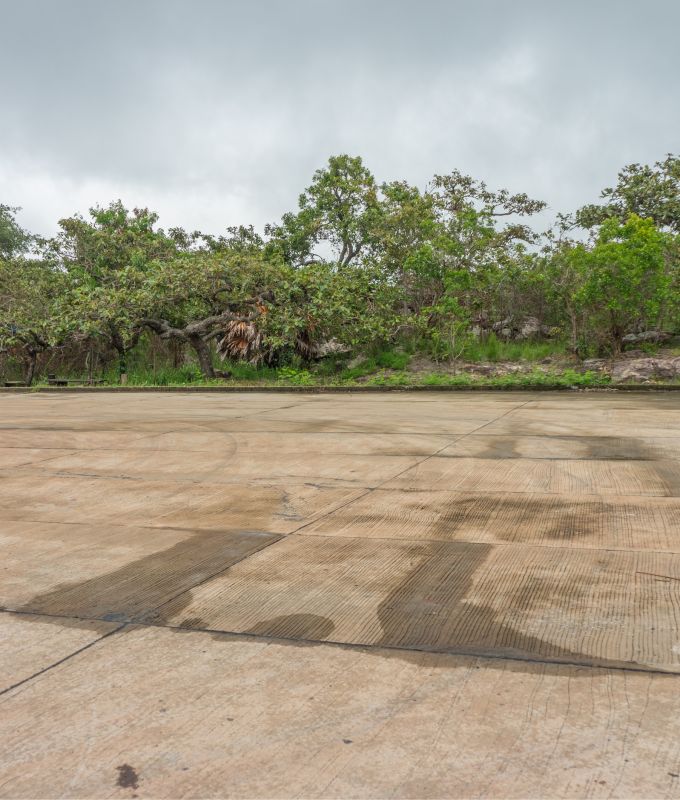
Lower-waste or water-saving choices for Concrete Installations.
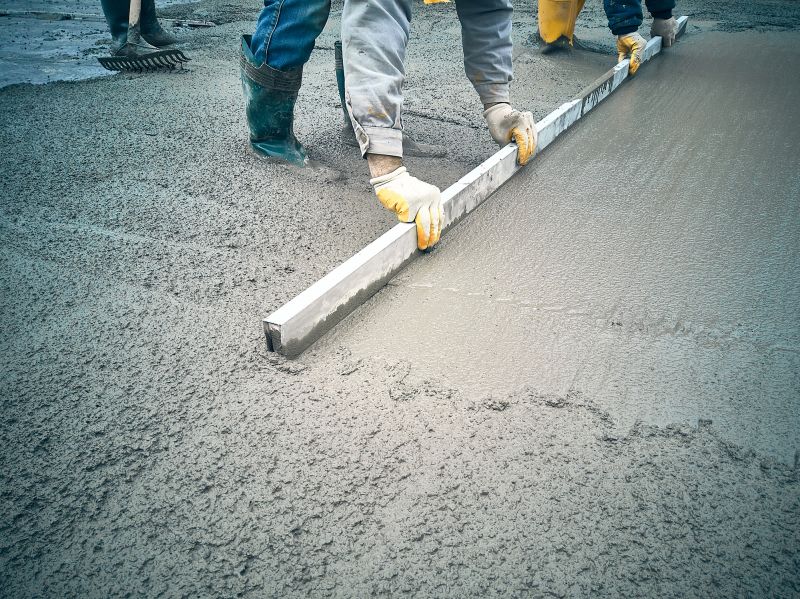
The short, realistic tool list for quality Concrete Installations.
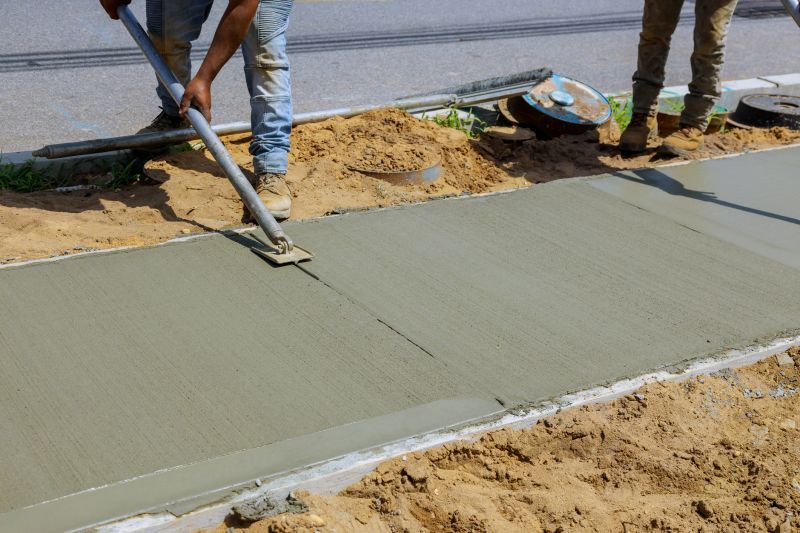
Rough timing from prep to clean-up for Concrete Installations.
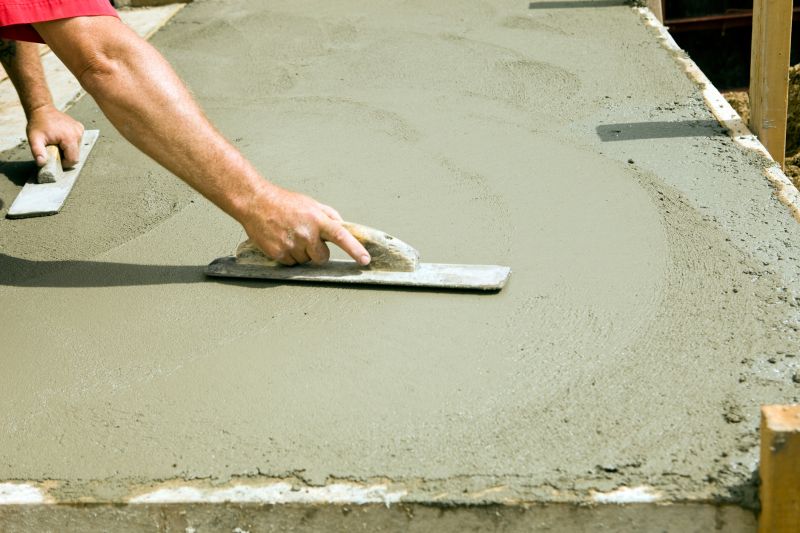
Quick checks and paperwork to keep after Concrete Installations.
Interested in scheduling a concrete installation? Filling out the contact form can provide more information about available scheduling windows and preparation tips to ensure the best results for a durable and high-quality surface.


